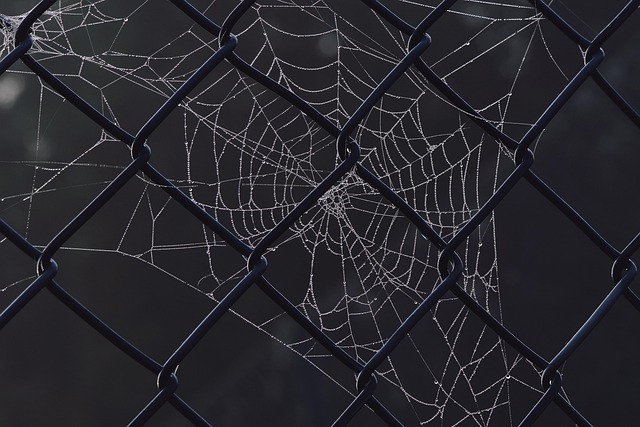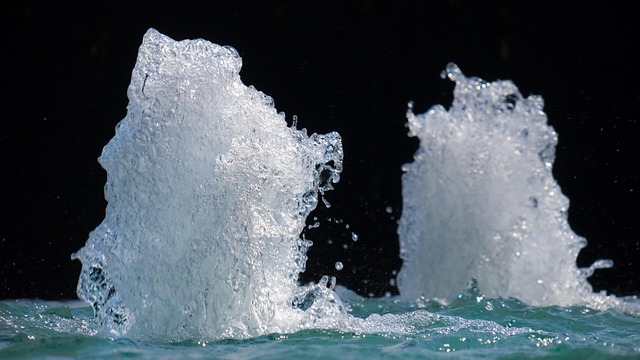Low water pressure in homes can result from outdated plumbing, corroded pipes, or mineral buildup. Quick fixes include changing filters, but repiping and installing pressure regulators offer lasting solutions. Addressing leaks, replacing old pipes, and calibrating regulators effectively improves pressure. DIY solutions like sediment removal can help, but complex issues require professional plumbers for systemic repairs, ensuring optimal water pressure (40-60 PSI) through regular maintenance.
Are you tired of experiencing low water pressure throughout your entire house? This comprehensive guide provides an effective solution to this common, yet frustrating issue. We’ll explore the root causes, from leaks and outdated pipes to faulty pressure regulators. Discover the benefits of implementing a low water pressure fix, including improved flow rates and reduced strain on plumbing systems. Learn about cost-efficient repair options, DIY installation considerations, and post-fix maintenance tips for maintaining optimal water pressure in your home.
- Understanding Low Water Pressure Issues
- Common Causes of Whole House Pressure Drop
- The Benefits of a Low Pressure Solution
- Exploring Cost-Effective Repair Options
- DIY vs Professional Installation
- Maintaining Optimal Water Pressure Post-Fix
Understanding Low Water Pressure Issues

Many homes experience low water pressure issues, which can be frustrating and impact daily routines. This problem often arises from various factors such as outdated plumbing systems, corroded pipes, or even a buildup of mineral deposits in fixtures and pipelines. Over time, these issues can lead to reduced water flow rates throughout the entire house, affecting everything from showering and doing the dishes to filling up a sink or running an appliance that requires a steady water supply.
Identifying the root cause is crucial for finding the most effective low water pressure fix. Changing your water filter can be a quick and simple solution if it’s clogged, as this will immediately improve flow rates. For long-term solutions, homeowners may need to invest in repiping or other plumbing system upgrades. Additionally, increasing water pressure naturally through methods like flushing out sediment buildup or installing water pressure regulators can provide sustained relief and ensure a consistent supply of ample water pressure throughout the home.
Common Causes of Whole House Pressure Drop

Whole house low water pressure is a common issue that can stem from various sources. Understanding water pressure issues is crucial to effectively fixing them. One of the primary causes is leaks in the plumbing system, which can lead to significant pressure drops throughout the entire house. Old or corroded pipes, especially those hidden behind walls and under floors, are often the culprits. Another common cause is a faulty water pressure regulator that fails to maintain optimal pressure levels.
In some cases, low water pressure in entire house may result from an inadequate water supply, such as during peak usage times when multiple fixtures are running simultaneously. Even poorly designed or clogged drainage systems can contribute to decreasing water pressure naturally. Recognizing these causes is the first step towards finding a low water pressure fix, whether it’s repairing leaks, replacing outdated pipes, calibrating pressure regulators, or addressing underlying infrastructure issues.
The Benefits of a Low Pressure Solution

A low pressure solution offers a range of benefits for homeowners experiencing reduced water flow throughout their houses. By implementing this fix, residents can expect to enjoy stronger shower pressures, ensuring a more enjoyable and revitalizing bathing experience. No longer will taking a shower feel like a drip-dry routine!
Moreover, addressing low water pressure issues at the source can prevent further damage caused by weakened pipe walls due to increased water force. This approach not only enhances the overall efficiency of plumbing systems but also saves money on potential repairs and replacements in the long run, such as repairing low water pressure in pipes or identifying and fixing water leak causes.
Exploring Cost-Effective Repair Options

When dealing with persistent low water pressure issues in your home, it’s essential to consider cost-effective repair options before opting for a more extensive (and expensive) solution. One of the most common and affordable fixes is removing sediment from your water lines. Over time, minerals and other contaminants can accumulate, restricting water flow. A simple sediment removal process can significantly improve pressure, saving you the costs associated with replacing pipes or installing new fixtures.
Instead of immediately calling a plumber for low pressure fix, take some time to identify potential causes, especially water leak issues. Leaks in your plumbing system not only lead to wastage but also contribute to reduced water pressure. By addressing leaks and removing sediment, you can enjoy improved water pressure without breaking the bank. These proactive measures not only enhance your home’s efficiency but also ensure you’re making informed decisions regarding your plumbing maintenance.
DIY vs Professional Installation

When it comes to addressing low water pressure issues in your home, homeowners often face a choice between tackling the problem DIY or calling in a professional. While do-it-yourself (DIY) solutions can be tempting for those who enjoy handy tasks and want to save costs, complex low water pressure fixes may require specialized knowledge and tools.
For instance, locating buried water pipes and understanding your plumbing system is crucial for identifying the root cause. If the issue stems from outdated pipes or a faulty valve, a professional plumber equipped with advanced tools can swiftly diagnose and rectify these issues, ensuring a lasting low water pressure fix. Conversely, DIY methods like changing water filters, which can improve pressure temporarily, may only provide short-term relief if the problem lies in pipe damage or other systemic faults.
Maintaining Optimal Water Pressure Post-Fix

After installing a low water pressure fix, it’s crucial to ensure your home’s water pressure returns to optimal levels and remains consistent. This involves regularly checking the water pressure gauge to make sure it reads within the recommended range—typically between 40-60 PSI (pounds per square inch). If the pressure drops significantly, it may indicate a new issue or a malfunction in the system.
Regular maintenance includes inspecting pipes for leaks and ensuring all valves are fully open. Additionally, monitoring your boiler repair and high-pressure pump for home use can help maintain efficient water circulation. By keeping an eye on these aspects, you’ll prevent sudden drops in pressure and ensure a steady flow of water throughout your home, enhancing your overall experience with clean, effective low water pressure fix solutions.
Low water pressure can significantly impact your daily routines, but addressing this issue doesn’t have to be complex or costly. By understanding the root causes and exploring effective solutions like a low pressure solution for whole house, you can restore optimal water flow throughout your home. Whether opting for DIY repair or professional installation, maintaining adequate water pressure post-fix ensures a more comfortable and efficient living environment. Remember, a simple yet powerful fix can transform your household’s overall experience.
